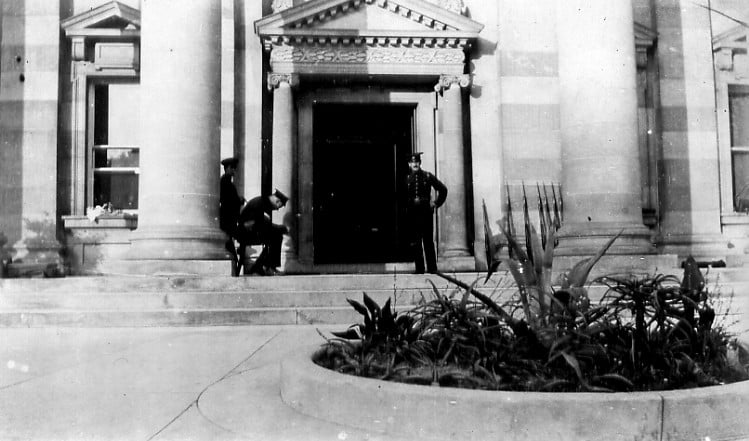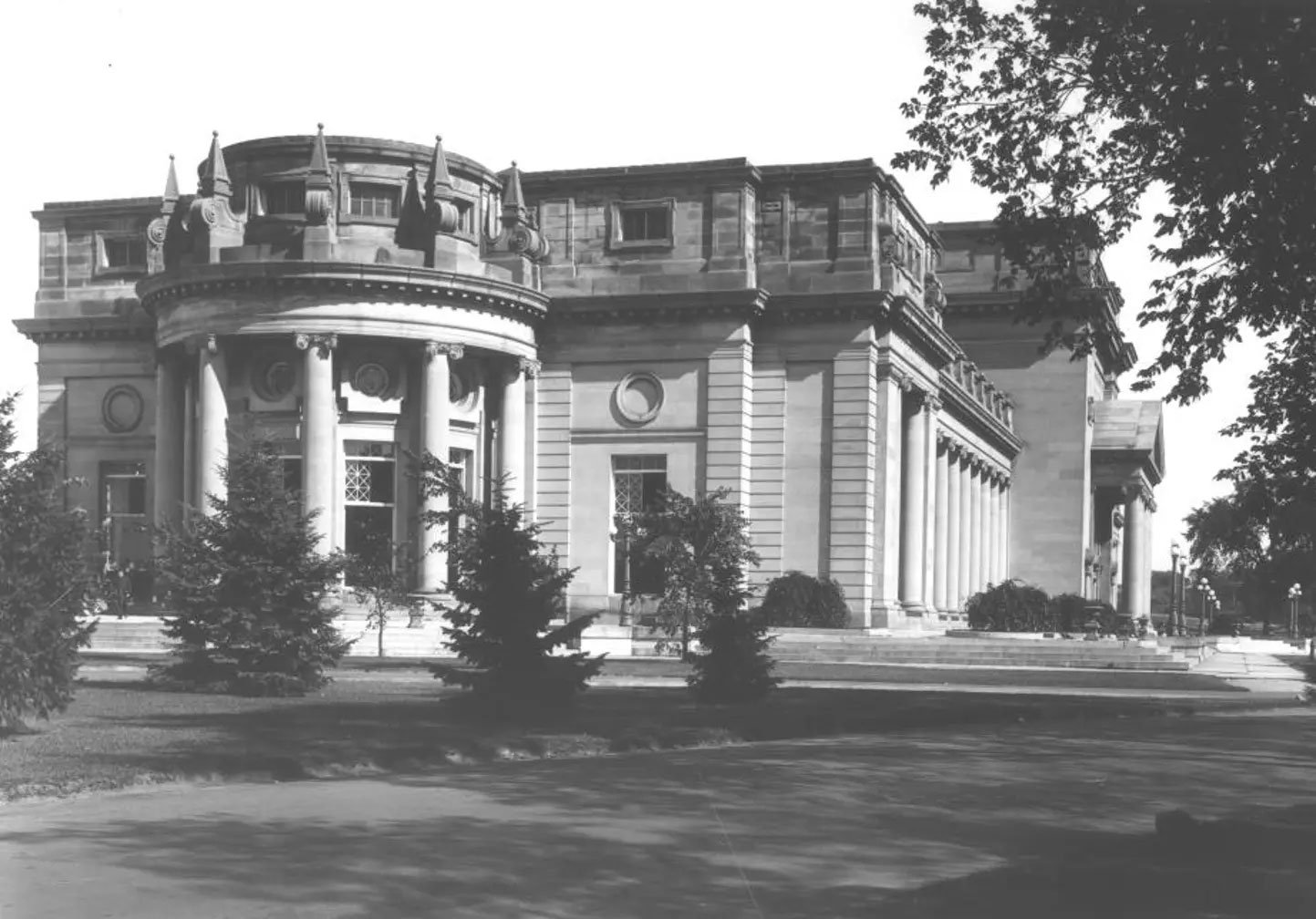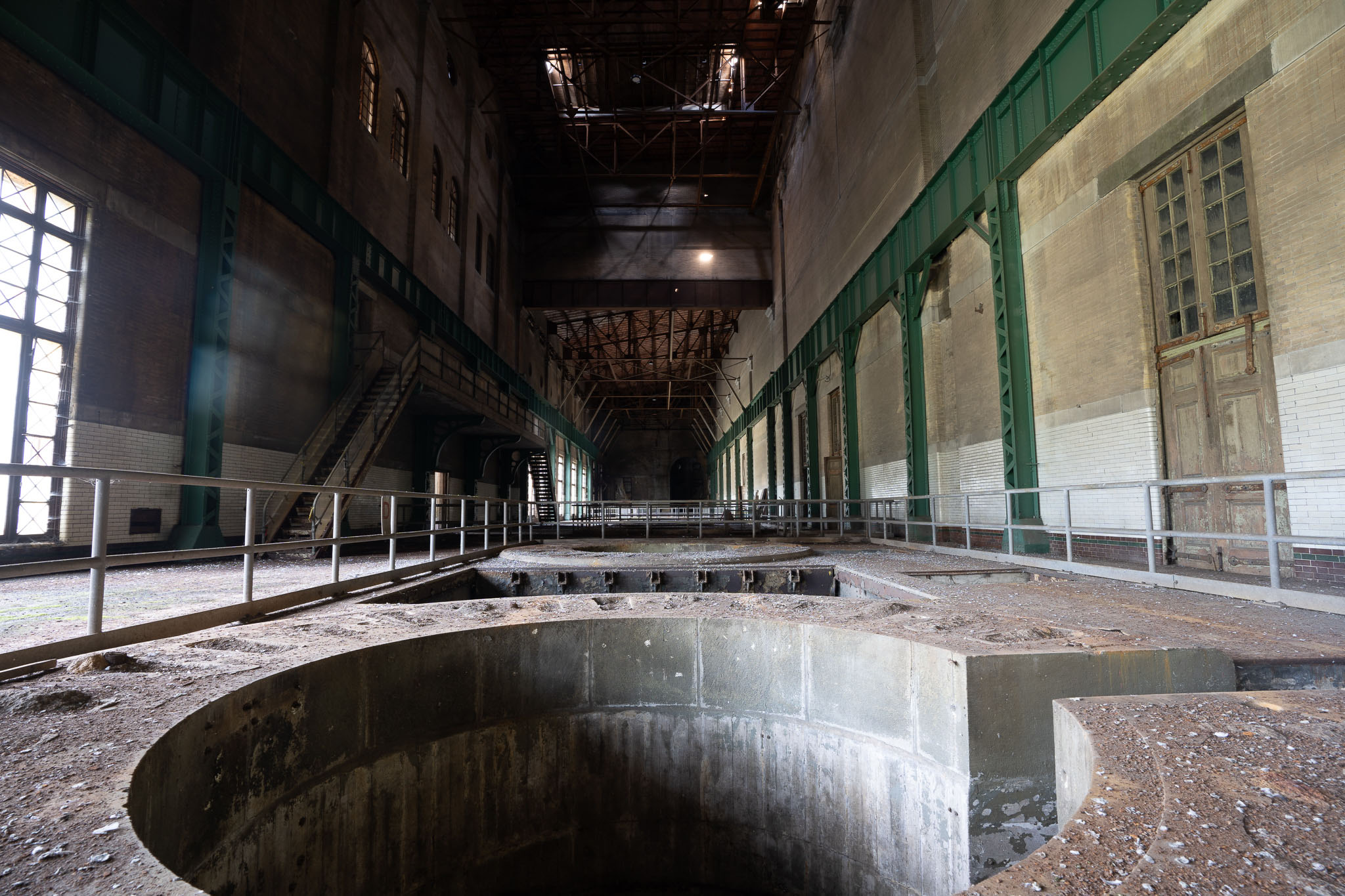Studying Time: 5 minutes –
The evolution of the Toronto Energy Technology Station and its vital function within the growth of hydroelectric energy in Canada.
The Toronto Energy Technology Station, situated alongside the majestic Niagara River in Niagara Falls, Ontario, stands as a testomony to Canada’s pioneering efforts in harnessing the facility of water for electrical energy. As the primary wholly Canadian-owned hydroelectric facility at Niagara Falls, it performed an important function in shaping the event of enterprise, trade, and know-how in Ontario and Canada. This text delves into the historical past and significance of the Toronto Energy Technology Station, highlighting its outstanding achievements and enduring legacy.
Development and Design
Exploring the architectural marvels and engineering triumphs of the Toronto Energy Technology Station.
The development of the Toronto Energy Technology Station started in 1903 and lasted a decade, with the powerhouse serving because the centerpiece of this monumental undertaking. Famend architect E.J. Lennox, identified for his iconic designs in Toronto, was commissioned to create a construction that might harmonize with its pure environment whereas exuding a grandeur befitting its objective.
Lennox’s design embraced the Beaux-Arts fashion, a mix of classical and Renaissance architectural parts. The symmetrical plan of the powerhouse featured a central block with a commanding Ionic portico flanked by two prolonged Ionic colonnades. Using limestone for the outside facade added to the station’s palatial look, seamlessly integrating it into the scenic panorama.
Engineering Marvels
Discovering the modern engineering options employed within the building of the Toronto Energy Technology Station.
The Toronto Energy Technology Station was not solely a masterpiece of structure but in addition a feat of engineering ingenuity. Engineers confronted quite a few challenges in adapting superior applied sciences to the demanding web site.
The guts of the station lay within the wheel pit, a deep chamber housing the generators and turbines. Vertical shafts related the generators on the backside of the pit to the turbines on the prime. The water from the generators flowed by means of a brick-lined tailrace, in the end returning to the Niagara River.
The development crews overcame obstacles with restricted instruments and assets, using dynamite, pickaxes, shovels, and literal horsepower. The method concerned excavating the wheel pit, setting up the tailrace tunnel, and making a submerged dam and penstocks. These parts needed to be meticulously coordinated to make sure the seamless operation of the facility station.
Hydroelectric Energy Revolution
Unveiling the transformative affect of the Toronto Energy Technology Station on the manufacturing and distribution of electrical energy.
The completion of the Toronto Energy Technology Station marked a turning level within the utilization of hydroelectric energy in Canada. Its institution allowed for the availability of hydroelectric energy to the burgeoning metropolis of Toronto, revolutionizing its industries and enhancing the standard of life for its residents.
With a producing capability of 137,500 horsepower, the Toronto Energy Technology Station grew to become an important supply of electrical energy. It performed an important function in powering factories, lighting streets, and fueling the expansion of Toronto’s economic system. The station’s operations contributed to the general modernization and electrification of Ontario.
Possession and Enlargement
Tracing the possession transitions and enlargement of the Toronto Energy Technology Station.
The Electrical Improvement Firm of Ontario initially owned the Toronto Energy Technology Station. Nevertheless, in 1922, Ontario Hydro, the provincial energy utility, acquired the station. Below Ontario Hydro’s stewardship, the station continued to offer electrical energy to Toronto and the encompassing areas.
Recognizing the rising demand for energy, the station underwent expansions between 1913 and 1924. The preliminary 296-foot size was prolonged to 600 toes, accommodating further turbines. By 1924, eleven turbines had been in operation, reinforcing the station’s function as a serious energy producer.

Finish of an Period
Exploring the components that led to the closure of the Toronto Energy Technology Station.
Regardless of its historic significance and memorable achievements, the Toronto Energy Technology Station ceased operations on February 15, 1974. Ontario Hydro made the choice to divert the out there water assets downriver to the Sir Adam Beck Hydroelectric Energy Stations in Queenston. Moreover, the plant produced electrical energy at a frequency of “25 Cycle,” which was not extensively used.
The closure marked the top of an period for the Toronto Energy Technology Station. After practically seven many years of powering Toronto and contributing to the province’s industrial development, the station fell silent.


Nationwide Historic Website Designation
Highlighting the popularity and preservation efforts for the Toronto Energy Technology Station.
The Toronto Energy Technology Station’s historic and architectural significance led to its designation as a Nationwide Historic Website of Canada in 1983. This recognition acknowledged its pivotal function within the growth of hydroelectric energy in Ontario and Canada, in addition to the modern software of Beaux-Arts design to an industrial setting.
In 2007, possession of the Toronto Energy Technology Station was transferred to the Niagara Parks Fee. Structural assessments had been carried out to discover potential adaptive reuse choices for the vacant facility.
City Exploration and Heritage Tourism
The attract of city exploration and the way forward for the Toronto Energy Technology Station.


Throughout its interval of emptiness, the Toronto Energy Technology Station emerged as a magnet for city explorers. These daring people, deeply intrigued by this deserted marvel, had been keen to flout native legal guidelines, trespassing into the untouched construction to witness the remnants of its spectacular equipment and immerse themselves within the environment of a bygone period.
Recognizing the location’s potential, the Niagara Parks Fee completely explored the prospects for heritage tourism on the Toronto Energy Technology Station and lately accomplished a three-stage public procurement course of. This course of revealed Pearle Hospitality because the visionary proponent for the restoration and redevelopment of the historic station. The latest settlement with Pearle Hospitality underscores the dedication to revive and revitalize the property, making certain that its heritage will not be solely celebrated but in addition preserved for future generations.
Conclusion
Reflecting on the enduring legacy of the Toronto Energy Technology Station.
The Toronto Energy Technology Station stands as a testomony to Canada’s pioneering spirit and engineering prowess. From its daring architectural design to its modern engineering options, the station embodies the outstanding achievements of early hydroelectric energy era.
Whereas the Toronto Energy Technology Station could not generate electrical energy, its historic significance and architectural splendor continues to captivate. As a Nationwide Historic Website, it serves as a reminder of the transformative energy of electrical energy and the ingenuity of those that harnessed the may of Niagara Falls to light up and empower a rising nation.








